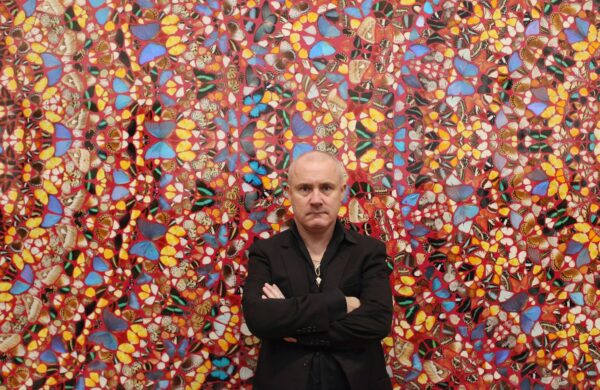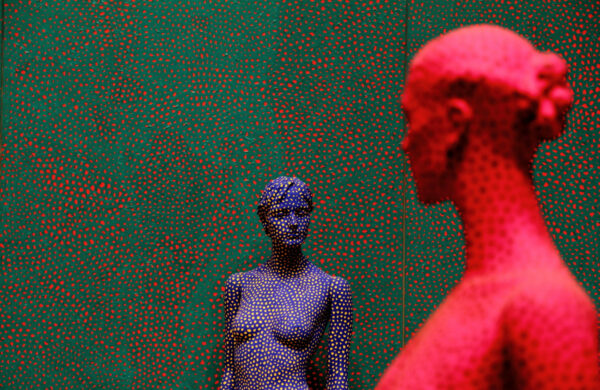Embrace Serenity with Minimalism Art Essentials
In today’s fast-paced world, finding moments of calm is tough. But, minimalism art is here to help. It’s about simplicity and less decoration, offering an escape. You’ll find it in art on walls or the designs in your home. Minimalism brings peace and quiet to our daily rush.
Minimalism art is like a breath of fresh air in the art scene. It focuses on clean lines and the most important things. When you see minimalist art, you’re asked to think about the power of simple beauty. This kind of art makes any space feel calm and perfect for thinking deep or resting.
Looking for a simple art piece for your home? Or maybe visiting a gallery to find ideas? Minimalism has a lot to offer. You’ll see art that sets your mind to wonder. And designs that feel right at home in modern spaces. There’s a wide range of art out there, perfect for anyone interested in simplicity.
This article will take us deep into minimalism art. We’ll cover its beginnings and what makes it special. We’ll see how art galleries show off this style. And look into different types of minimalist designs, including abstract art. Plus, we’ll learn how to pick and place these art pieces to make any space beautiful. And we’ll understand how minimalism fits right in at home and work today.
Key Takeaways:
- Minimalism art brings a sense of peace and tranquility to our lives.
- Minimalist artwork focuses on simplicity and essential elements.
- Abstract minimalist art sparks the imagination and promotes introspection.
- Curating minimalist art pieces can create visually appealing spaces.
- Minimalism art can be seamlessly integrated into contemporary home and office environments.
The Minimalist Art Movement
In art, the minimalist movement has really stood out. It started in the middle of the 20th century. This art style is all about simplicity, focusing only on what’s important. It shows us what really matters.
Origins and Characteristics
It all began in the 1960s. Artists felt art had become too complex and commercial. They wanted to get back to basics. People like Donald Judd, Dan Flavin, and Agnes Martin started a trend. They made simple, but powerful, art that only had what was truly needed.
Minimalist art uses clean lines, shapes, and neutral colors. It’s all about showing the beauty of simple things. There are no extra details. This helps create a peaceful and calm feeling when you look at this art.
Minimalist Art Galleries
There are places dedicated to showing minimalist art. These galleries are very carefully put together. They aim to make you feel peaceful and at ease. The art is the main focus in these places.
The galleries use simple lighting and decorations. This makes the art stand out even more. The goal is to make you feel like you’re part of the art. It’s a special feeling.
Core Concepts and Philosophy
Minimalist art is all about taking out what’s not necessary. It wants you to really see the art. This way, you can think about what you’re looking at. You are drawn into the artwork.
The idea is that making things simple can be very powerful. Less detail can sometimes make the biggest impact. This art wants to make you feel at peace.
“The more stuff in it, the busier the work of art, the worse it is. More is less. Less is more.” – Ad Reinhardt
Nowadays, this art style is still very important. It affects not just art, but design and many creative areas. The message it sends is clear: Less can truly be more.
Exploring Minimalist Artwork
Minimalist art offers endless possibilities. It is known for its simple yet beautiful designs. These designs give a feeling of peace. I’m excited to show you different types of minimalist art, especially the stunning abstract kind.
Embracing Simplicity in Design:
Minimalist art believes ‘less is more’. It focuses on keeping only what is necessary. This way, artists create artworks that are strong in meaning. They use simple shapes, lines, and colors.
The Beauty of Abstract Minimalist Art:
Abstract minimalist art asks viewers to find their own meanings. It uses shapes and colors for this. This kind of art speaks to people in many ways, inviting them to think and feel.
Artists like Kazimir Malevich and Agnes Martin have shaped abstract minimalist art. They teach us how simplicity and deep meaning can blend in art. Their works are known for making a strong connection with the audience.
“Simplicity is the ultimate sophistication.” – Leonardo da Vinci
Kazimir Malevich – Two Figures in a Landscape [1931-32]
Diverse Techniques and Styles:
There are many ways to create minimalist art. Some artists are very careful with details. Others use bold strokes to express themselves. Sculptors use shapes in their three-dimensional art.
Dan Flavin creates light works that change how we see space with fluorescent tubes. Meanwhile, Frank Stella mixes color and shape for striking effects. There is so much variety in this style of art.
Minimalist art is not just about being simple. It’s about how artists use their creative ideas. They play with space, color, and form in exciting ways. This makes it a fun area for both artists and fans.
Learning about the beauty of minimalist and abstract art is exciting. It shows us how less can sometimes mean more in art. Now, let’s see how we can pick and show these beautiful art pieces in the next section.
Curating Minimalist Art Pieces
Selecting and arranging minimalist art is a real art. It’s about choosing pieces carefully to make a beautiful, calm space. The aim is to highlight minimalism’s beauty and its calming effect.
In a minimalist gallery, focus on just a few excellent pieces. This makes the viewing experience more profound. Each piece gets its own space to shine.
Choose art based on its style and look. Think about colors, lines, and shapes to make a nice, unified appearance. Art should fit well, whether in a gallery or at home.
“Curating minimalist art is about creating a dialogue between the artwork and the space it inhabits.”
Think carefully about how you place the art. The way you position them can make the gallery feel welcoming. Your gallery can have a clear order, through neat rows or a balanced mix.
Great lighting and spacing make art stand out. Good lighting shows off details. And playing with the space can give artworks more life.
Tips for Curating Minimalist Art Pieces
| Tips for Curating Minimalist Art Pieces | |
|---|---|
| 1. Select fewer but impactful artworks | |
| 2. Consider style, composition, and aesthetic appeal | |
| 3. Pay attention to color palette, lines, and shapes | |
| 4. Create a cohesive display that complements the space | |
| 5. Strategically arrange the art pieces | |
| 6. Consider lighting and spatial dimensions |
Curating these art pieces needs careful planning and heart. It’s about telling a visual story that touches people. With thoughtful choice and arrangement, you can make a space that truly reflects the spirit of minimalism. And it will catch anyone’s eye and dream.
Minimalism Art in Contemporary Spaces
Contemporary minimalist art makes living places tranquil and modern. It transforms spaces into peaceful places, bringing calm and clear feelings. Whether for a house or office, adding minimalist art improves how the place looks and feels.
Minimalist art fits with many styles, making any space look better. It goes well in a simple Scandinavian style or a colorful eclectic one. It helps bring balance and beauty no matter the design.
The Beauty of Simplicity
Minimalist art shows that often, less is more. It uses simple shapes, clean lines, and just a few colors. This simplicity lets you concentrate on the art, offering a chance for deep thought.
In the words of renowned minimalist artist Ellsworth Kelly, “I think what we all want from art is a sense of fixity, a sense of opposing the chaos of daily living. This is an illusion, of course. My paintings are very far from chaos. They are very ordered.”
This art’s simplicity fits well in modern places. It doesn’t take over but works together with the room. This creates a peaceful feeling and a beautiful space for everyone.
Creating a Focal Point
Minimalist art can become the main focus in a room. It could be a simple abstract painting or a clear sculpture. These pieces attract attention and become the heart of the space.
Placing these artworks carefully can direct people’s eyes. This highlights their beauty and adds to the room’s balance. It makes for a more interesting and beautiful space.
The Elegance of Minimalism
Minimalist art brings elegance and sophistication. Its simple and refined look improves modern spaces. Picking the right pieces adds an exclusive and luxurious feel to any room.
Integrating Minimalist Art: A Practical Example
Let’s look at a modern living room with minimalist art:
| Furniture | Color Palette | Minimalist Art Pieces |
|---|---|---|
| Sleek and minimalist furniture with clean lines | Neutral tones, such as whites, grays, and earthy hues | A large abstract minimalist painting positioned above the sofa |
| Minimalist coffee table with a sleek design | Accents of bold colors to create visual interest | A series of minimalist sculptures displayed on a shelf |
In this living room, the minimalist art stands out. It adds an artistic touch and color to the simple palette. The mix feels elegant and sophisticated, inviting a modern and peaceful vibe.
By adding minimalist art to your space, you can make it beautiful and serene. The simple and pure look of this art is perfect for those who want minimalism without losing charm.
Conclusion
We’ve looked at the world of minimalism art. It’s clear that it has a big effect on making calm, beautiful spaces. This art movement helps us feel calm and modern in our homes.
Minimalism values simplicity and removing what’s not needed. It shows us how open spaces and simple shapes can be beautiful. By picking out minimalist art, we turn our spaces into places that spark thought and feeling.
Add simple art to today’s spaces and they become peaceful getaways. Abstract or design pieces from the minimalist style both work. They nudge us to look at our feelings and enjoy life’s simple things.
FAQ
What is minimalism art?
Minimalism art is about keeping things simple. It focuses on basic elements and reducing them to their core. This style uses few colors, shapes, and lines for a soothing look.
What is the minimalist art movement?
The minimalist art movement started in the 1960s. It was a response to the complex and emotional abstract art. This movement uses simple forms, clean lines, and basic colors to show purity and objectivity.
How do minimalist art galleries embrace the minimalist aesthetic?
Minimalist art galleries are all about simplicity and beauty. They feature simple designs, neutral colors, and lots of space. Their goal is to provide a serene space for art appreciation.
What are the core concepts and philosophy behind minimalist art?
The key ideas in minimalist art are simplicity, reduction, and precision. Artists remove anything unnecessary to focus on the main idea. Their belief is that fewer distractions highlight a work’s true beauty.
What are some examples of minimalist art designs?
Minimalist art designs can be seen in various forms. For example, there are paintings with bold shapes, sculptures with minimal details, and digital art with basic patterns. These designs often bring a feel of balance and peace.
How do you curate minimalist art pieces?
Curating involves selecting artworks that are true to minimalism. You should pick pieces with simple lines, forms, and muted colors. It’s crucial to set them up in a way that feels balanced and harmonic.
How does minimalist art enhance contemporary spaces?
Minimalist art adds a touch of calm and modern style to spaces. Its simple design fits well with contemporary aesthetics. Such art makes places look beautiful and feel peaceful and elegant.
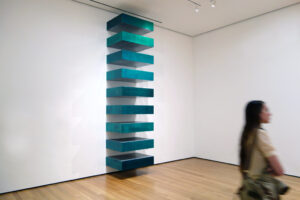 Judd, Untitled (Stack), 1967
Judd, Untitled (Stack), 1967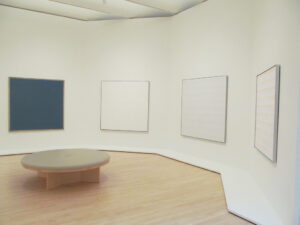
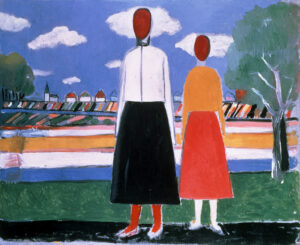

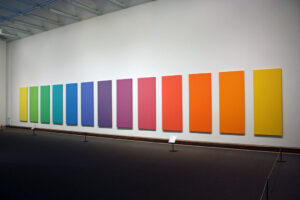 Ellsworth Kelly, Spectrum V
Ellsworth Kelly, Spectrum V  Donald Judd, Box
Donald Judd, Box

